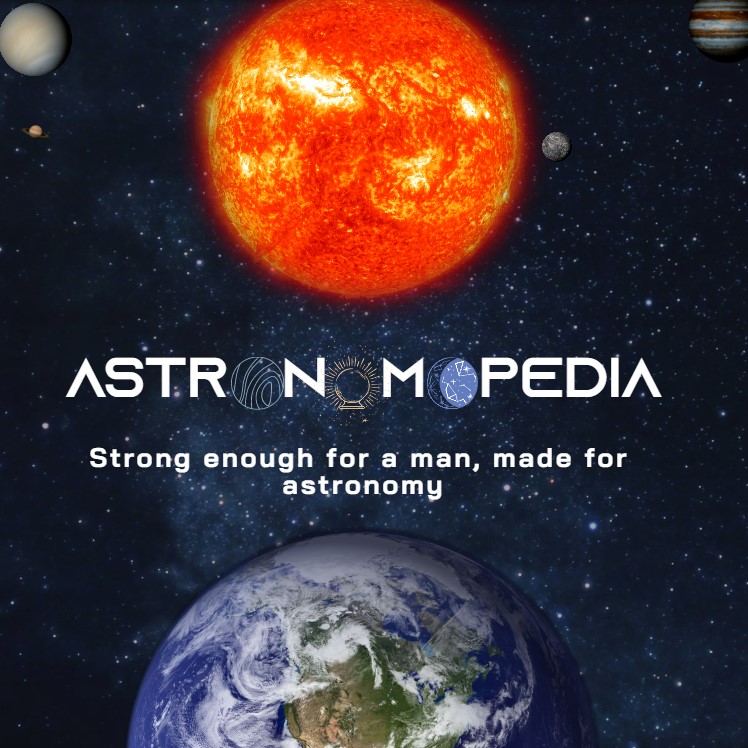
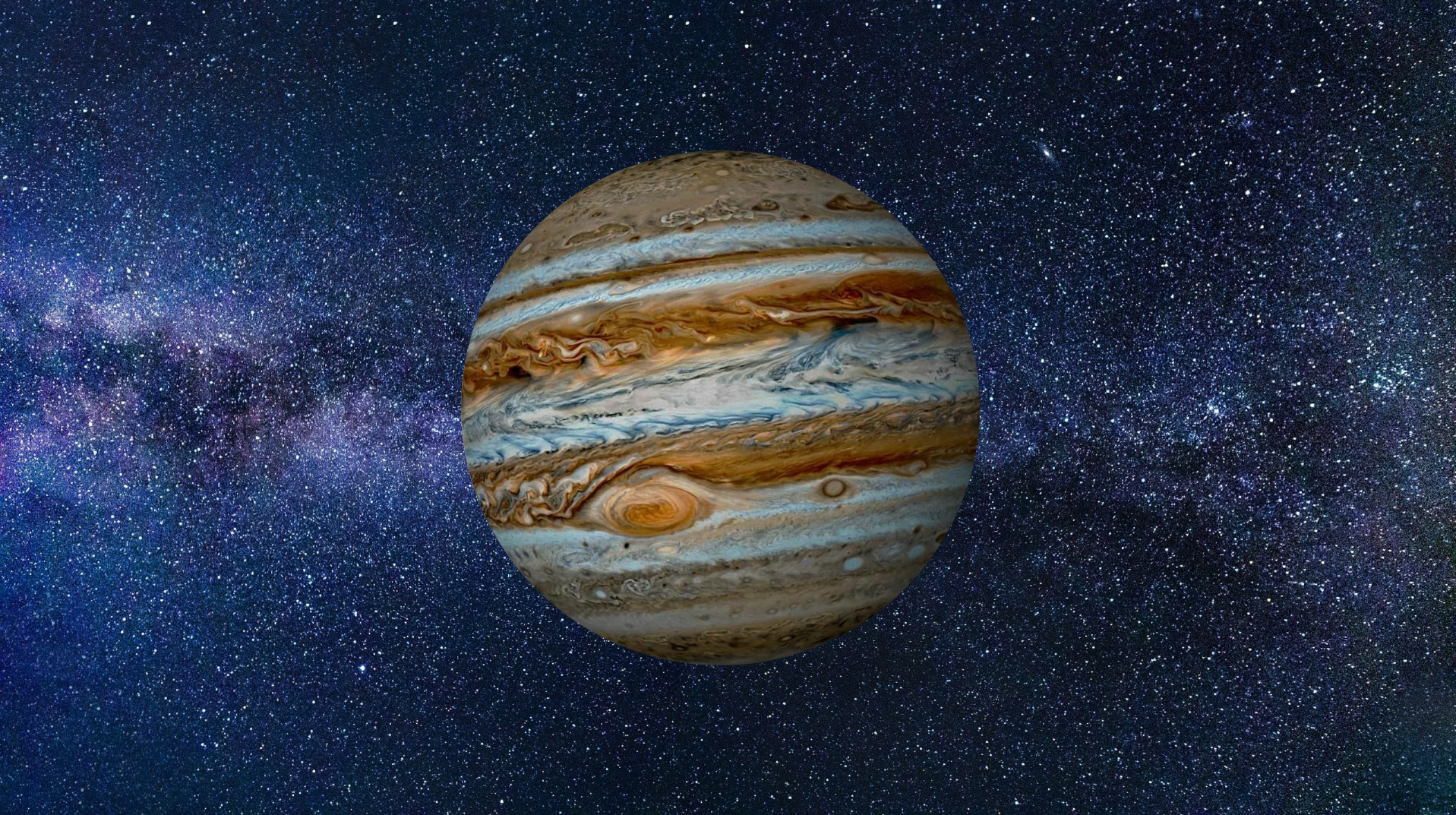
Jupiter
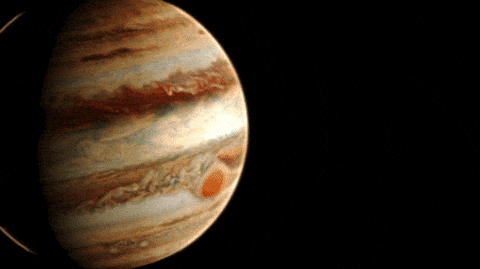
What is Jupiter?
As the fifth planet from our Sun and by the name taken from the God of sky, weather and other gods of the ancient Roman and Greek religions (different name for both religions). Jupiter is the largest in the solar system - more than twice as massive as all the other planets combined. The striped and swirling shapes of Jupiter are actually ammonia and water clouds floating through a hydrogen and helium-rich atmosphere.
Why is Jupiter a gas planet?
This planet is referred to as a gas giant since its composition primarily consists of hydrogen and helium.
Morphology

Geomorphology
Jupiter is an example of an oblate spheroid (a sphere-like, but not perfectly spherical body) with a radius of 69,911 km (43,440 miles) and has an area of 61,418,738,570.7 km² (23,713,907,536.83117 miles²). A walk around Jupiter's equator would cover 272,946 miles (439,264 km), more than 10 times Earth's equator.
Anatomy
Besides being one of the four gas giants of our solar system, Jupiter lacks any real surface and is mostly made up of gas. The planet has an equatorial diameter of about 143,000 km, which makes it the largest planet in the Solar System. It has a mass of 1,898,000,000,000,000,000,000,000 tons, which makes it the planet with the biggest mass in the solar system (excluding the Sun). Jupiter's density of 1.326 g/cm³ ranks second among giant planets, but is lower than any of the four terrestrial planets.
Tectonic plates
Due to Jupiter's lack of surface, it doesn't have any tectonic plates.
Location
Jupiter is at about 5.2 astronomical units (484 million miles or 778 million kilometers) from the Sun (its hosting star) and by 3.9 astronomical units or 365 million miles (588 million kilometers) from Earth.
Physico-chemical properties
Jupiter's upper atmosphere is composed of 93% hydrogen and 7% helium atoms, or 86% dihydrogen and 13% helium if we look at the molecules. Because helium atoms are more massive than hydrogen atoms, its atmosphere is approximately composed of 75% hydrogen and 24% helium, with the remainder composed of various other elements and chemical compounds such as traces of methane, water vapor , ammonia, very small amounts of carbon, ethane, hydrogen sulfide, neon, oxygen, phosphorus hydride and sulfur. Red, brown, yellow, and white clouds cover the planet. These clouds are formed from ammonia ice and ammonium hydrosulfide crystals, which give the planet the look of stripes.
Temperature
Ammonia ice crystals likely form the clouds in Jupiter, which become ammonia droplets deep down. Cloud top temperatures are estimated to be approximately -280°Fahrenheit or approximately -173°Celcius. In general, Jupiter's average temperature is about -238°F or -150°C. but if you go deeper in Jupiters atmosphere a temperature of 6,100°F or 3,371°C (hot enough to melt tungsten, the metal with the highest melting point in the Universe) awaits you.
Age
Jupiter's age is about 4,603,000,000 terrestrial year.
Force fields
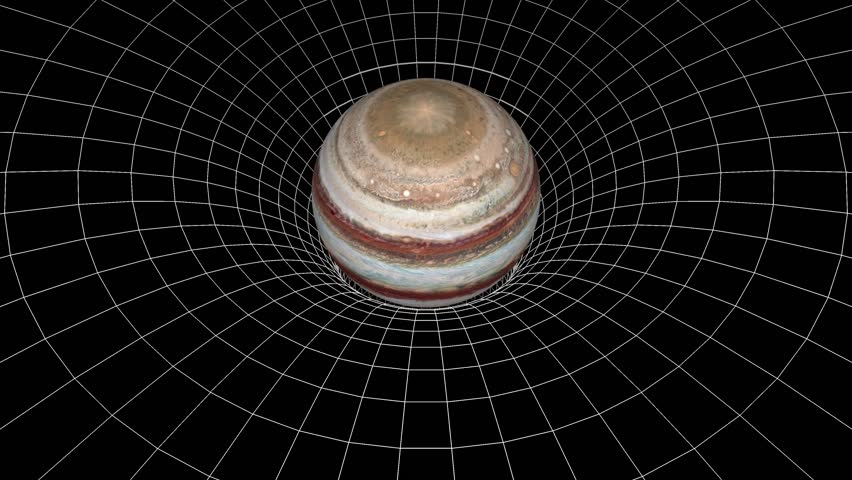
Gravitational force
Jupiter's surface gravity, defined as the force of gravity at its cloud tops, is about 2.529 gforce or 24.79 m/s², that means if you tried to stand on the planet, you would most likely sink down and be crushed by the intense pressure inside the planet.
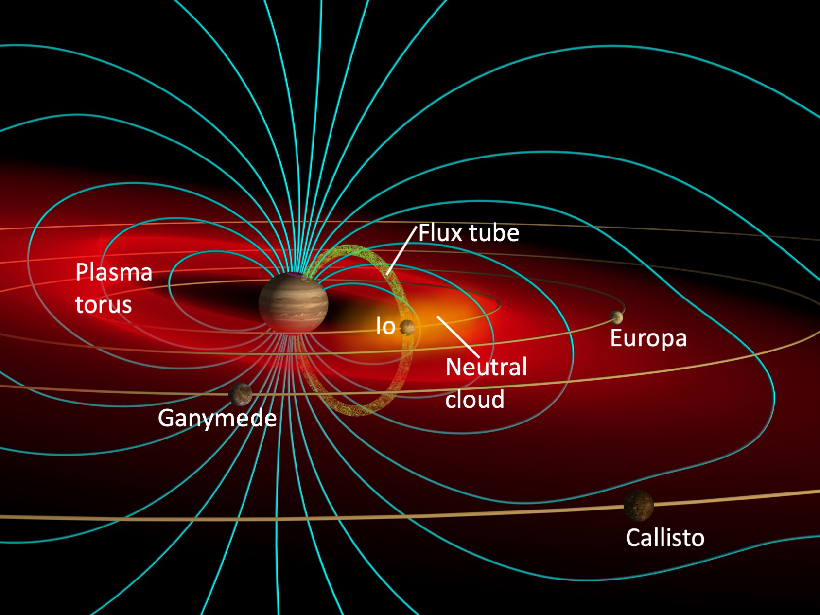
Magnetic field
Jupiter has a complex and intense magnetic field, which arises from electrical currents in the rapidly spinning metallic hydrogen interior. At the tops of Jupiter's clouds, its magnetic field is 10 times stronger than Earth's.
Donut shaped (toroidal), the field is filled with giant versions of Earth's Van Allen Belts, which trap high-energy charged particles (mainly electrons and protons). Jupiter's rapid rotation and magnetic field flatten these "belts" into "plasma sheets" due to the forces associated with them.
Motions
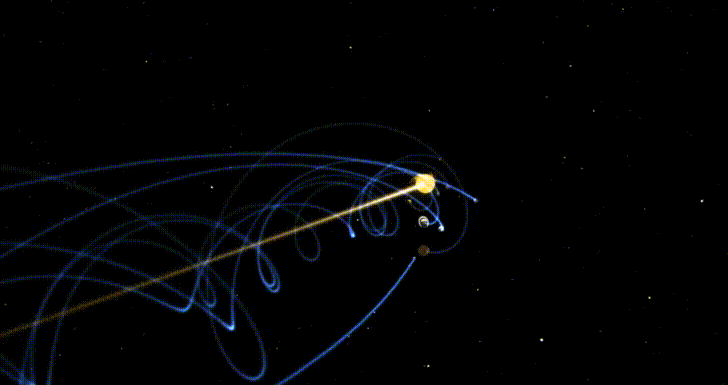
Orbit
In approximately 12 Earth years (4,333 Earth days), Jupiter completes one orbit around the Sun (a year in Jovian time).
Rotation
A day on Jupiter takes approximately 10 terrestrial hours to complete (the time it takes Jupiter to spin once).
Satellite systems

Moon system
Jupiter, the second planet with the most moon possesses 53 confirmed moons and a total of 79 moons consisting of the most well-known Galilean moons (Io, Europa, Ganymede, and Callisto), excluding moonlets likely shed by the inner moons. Collectively, they form the Jovian satellite system.

Ring system
Jupiter has a faint ring system, named the jovian ring. It consists mainly of dust. The jovian ring system has four main components:
A thick inner torus of particles known as the "halo ring";
A relatively bright, exceptionally thin "main ring";
And two wide, thick, and faint outer "gossamer rings".
Author: William Homier
Editor: William Homier
This page was last edited on 11 April 2022, at 19:49 (HAE).
Sources:

